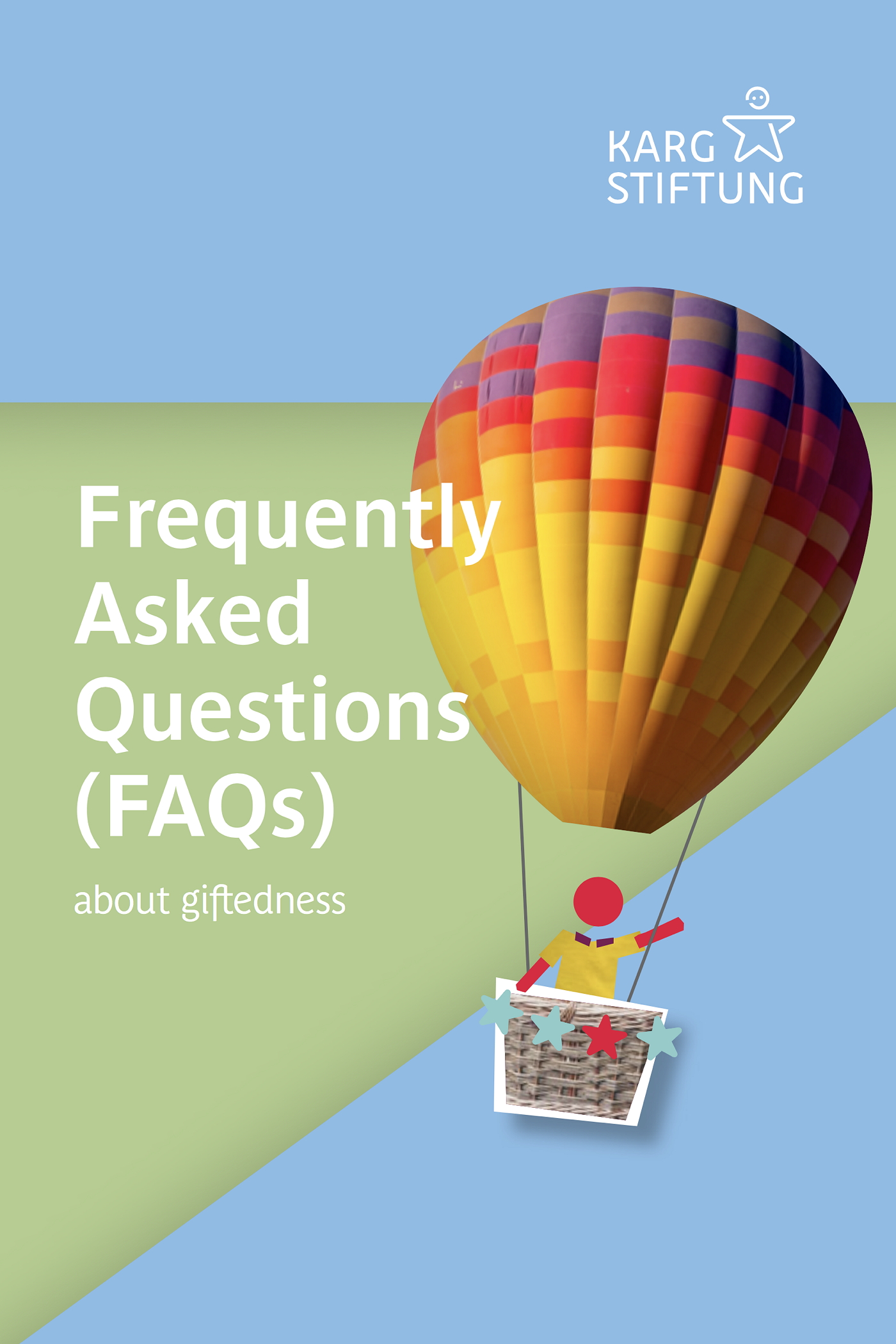Frequently Asked Questions (FAQs) about giftedness
How can gifted students be supported in the classroom?
A classroom in which teaching follows the “one pace fits all” approach, with the whole class expected to work on the same assignments at the same speed, is fortunately in many schools now a thing of the past. In contemporary classroom instruction, growing emphasis has been placed on the learning levels of individual children and youth and on providing the amount of support, practice, and challenge needed by each individual student to learn effectively. What this means for gifted students is that they often start class with a higher level of prior knowledge, are able to acquire new knowledge at a much faster rate, and require less practice and repetition. The time that is gained can be well used for further learning or working on (self-chosen) projects.
It goes without saying that gifted students also need assistance and guided practice—though usually on a different level and at a different pace than other children. A challenge in this kind of differentiated teaching is to avoid singling out or isolating students and to consistently provide opportunities for joint learning and interaction in the classroom. One promising approach involves the whole class working on the same subject matter at varying levels of proficiency and exploring in depth the different facets of the material.
Social learning opportunities can also be provided through cooperative learning in small groups, where gifted children can work on more advanced topics with equally gifted peers who are faster learners. The attitude of the teachers is also fundamental for providing effective support of gifted students in the classroom. If they are able to recognize that the learning needs of a gifted child in the class are legitimate and are willing to find appropriate assignments and projects for that child, then the odds are high that these support efforts will yield successful results. In contrast, the idea of using gifted and fast-learning students in the classroom as “assistant teachers”, that is, allowing them to exclusively help other children in the time they have gained, has not proven to be an effective solution.

